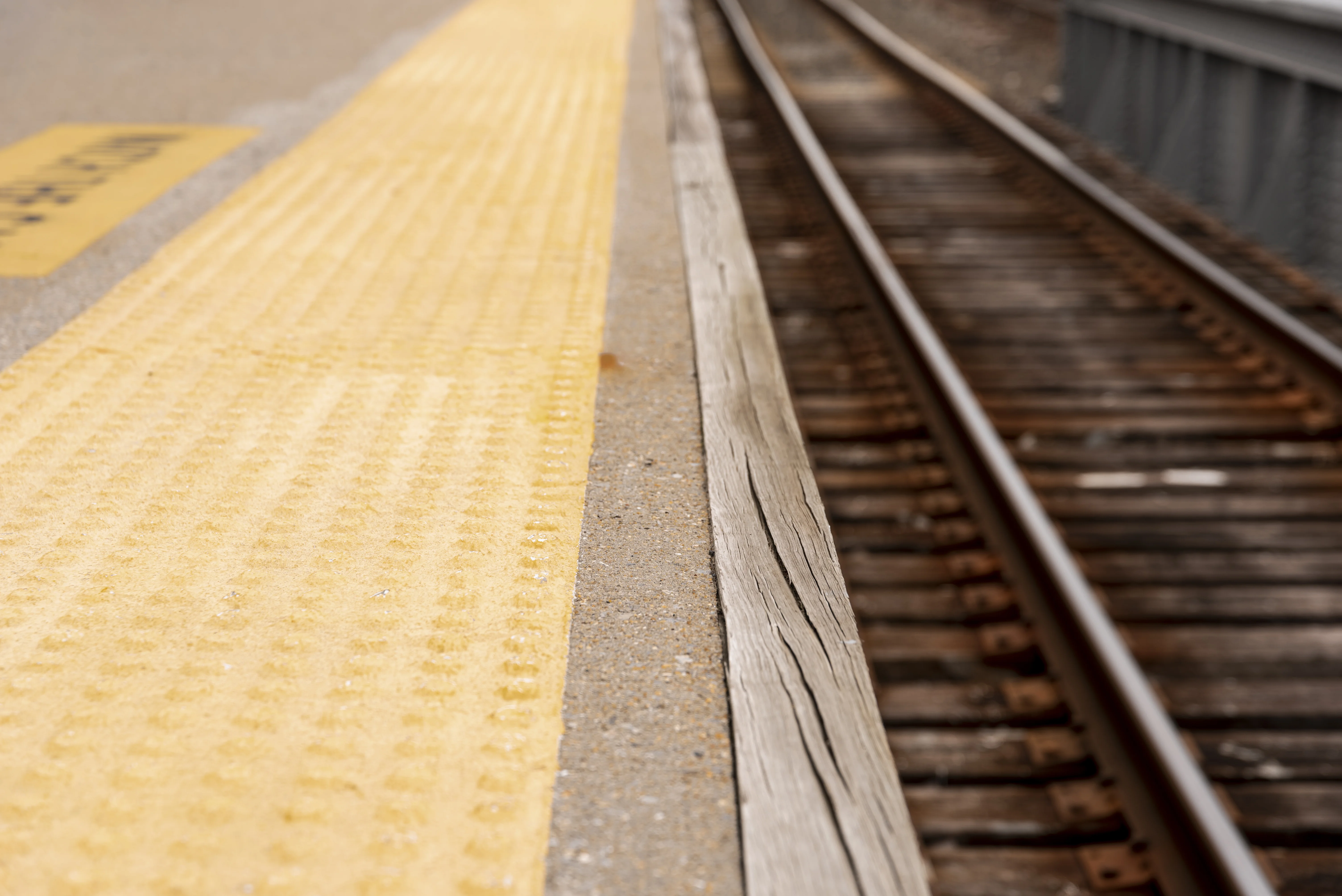Rails, the steel structures that guide trains, are essential components of railway systems. Their design and type significantly influence a railway’s performance, safety, and efficiency. This article explores the diverse world of rails, delving into the various types and their applications.
What are the Different Types of Rails?
The evolution of railways has seen a corresponding evolution in rail design. Today, a large number of rail types exist, each tailored to specific operational requirements. These rails can be categorized based on their cross-sectional shape, material, and application.
Vignoles / Flat-Bottomed Rails: The Modern Standard
Vignoles rails, also known as flat-bottomed rails, are the most common type used in modern railway systems. Designed by the engineer Charles Vignoles, these rails have a flat base that rests directly on the sleepers (ties). This design offers several advantages, including ease of installation and maintenance. The flat base provides a stable platform, enhancing the rail’s resistance to lateral forces.
Special Purpose Rails
While Vignoles rails are ubiquitous, there are numerous other rail types designed for specific purposes.
-
Grooved rails: These rails have a longitudinal groove in their head, primarily used for tramways and metro systems where tires grip the rail for traction.
-
Check rails: Positioned on the inner side of curves, check rails prevent train wheels from derailing. They provide an additional support point for the wheel flange.
-
Guard rails: Similar to check rails, guard rails are located on the outer side of curves to prevent derailment. They guide wheels back onto the main track.
-
Asymmetric rails: These rails have a non-symmetrical cross-section, often used in high-speed railways to improve stability and reduce noise.
-
Thick web rails: Designed for heavy-duty applications, such as freight railways, these rails have a thicker web to enhance
Compartir en:





